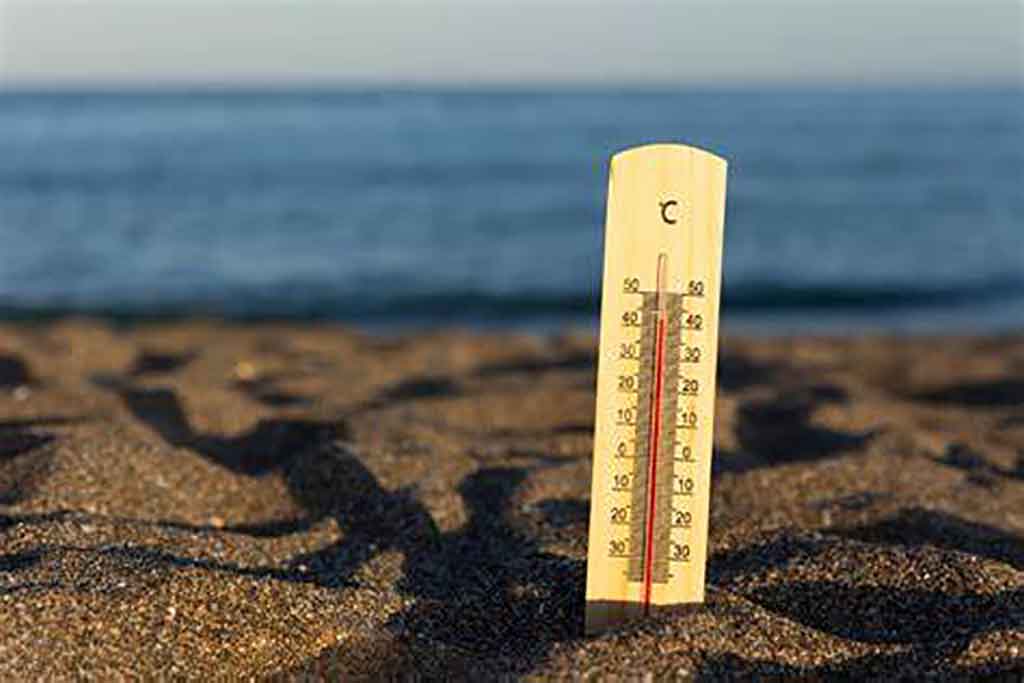The Earth observation program of the European Space Agency and the European Commission reported that in that period there was an increase in the global average temperature close to the limit of 1.5 degrees Celsius.
About half of the days were more than 1.5 degrees Celsius warmer than the 1850-1900 level, and two days in November were two degrees warmer for the first time.
This, he said, does not mean that we have exceeded the limits set by the Paris Agreement, but it sets a terrible precedent.
Global average sea surface temperatures have also remained persistently and unusually high, reaching record levels for the period of the year from April to December, C3s added.
Last year there was a transition to El Niño, the Pacific atmospheric warming phenomenon that lasts between nine and 12 months, increasing precipitation in some areas and drought in others.
In addition, during that calendar Antarctic sea ice and atmospheric concentrations of carbon dioxide and methane reached record levels, and extreme phenomena, such as heat waves, floods, droughts and fires, were reported across the planet.
rgh/lpn










